There are physical, mental changes and biological changes that result in the physical transformation of aging such as wrinkles, loss of skin suppleness, skin pigmentation and other changes such as reduced mobility, poorer wound healing, reduced mental sharpness and weakened the immune system. With this in mind, there are some who seek youthfulness or reverse the ravages of the physical aging process.
The face and in particular, the eyes are often used as an immediate gauge of chronological age. Thus most rejuvenating treatments are directed to the improvement, if not elimination of rhytides (commonly known as wrinkles) around the mouth area and face to improve the overall look and feel of the skin free of rhytides, pigmentation, and pores.
Essentially anti-aging is to reverse the signs of aging appearing on the skin as uneven, wrinkled, blotchy and leathery.

Types of aging
Aging of skin can be caused by intrinsic or extrinsic aging.
Intrinsic aging
Intrinsic aging is due to genetically programmed or chronological aging, resulting in structural and functional skin changes. There is a delay in the renewal rate of epidermal cells from 28 days to 40-60 days in the elderly. As a result, this leads to epidermal thinning, giving aged skin a dull translucent appearance. This also leads to an increased prominence of vasculature leading to the transparency of skin.
Aging also affects skin barrier function and repair which leads to the increase of skin fragility, causing a decrease in wound healing and reduction of nutrient transfer between the skin layers.
Other contributing factors to intrinsic aging include the natural effects of gravity, expression lines, sleep lines and hormonal changes.
With intrinsic aging, there are also fewer melanocytes (melanin-producing cells). This incident decreases the activity of remaining melanocytes, resulting in dichromic changes such as mottled pigmentation, freckles, and lentigines (patchy discolouration).

In the dermis, there are decreased fibroblasts and therefore there are fewer fibroblast products such as collagen and elastin, resulting in wrinkling and loss of elasticity. There is also reduced microvasculature, with reduced blood flow leading to atrophy and loss of sebaceous glands, making skin dryer. In addition, there is also a decrease in subdermal fat tissue.
Extrinsic aging
Extrinsic aging is caused by environmental factors such as ultraviolet light, pollution, harsh weather such as wind and cigarette smoke. Ultraviolet B (UVB) is considered to be the most damaging, causing erythema, sunburn, DNA damage and ultimately skin cancer. Ultraviolet A (UVA) can also cause burns when administered at higher levels. UVA has deeper penetration and the fact that it generally causes no acute injury, it may cause as much chronic photodamage to the skin as UVB. Chronic sun exposure is the main cause of extrinsic skin aging leading to fine and coarse wrinkles, roughness, dryness, mottled hyperpigmentation, dilated blood vessels and loss of skin tone.
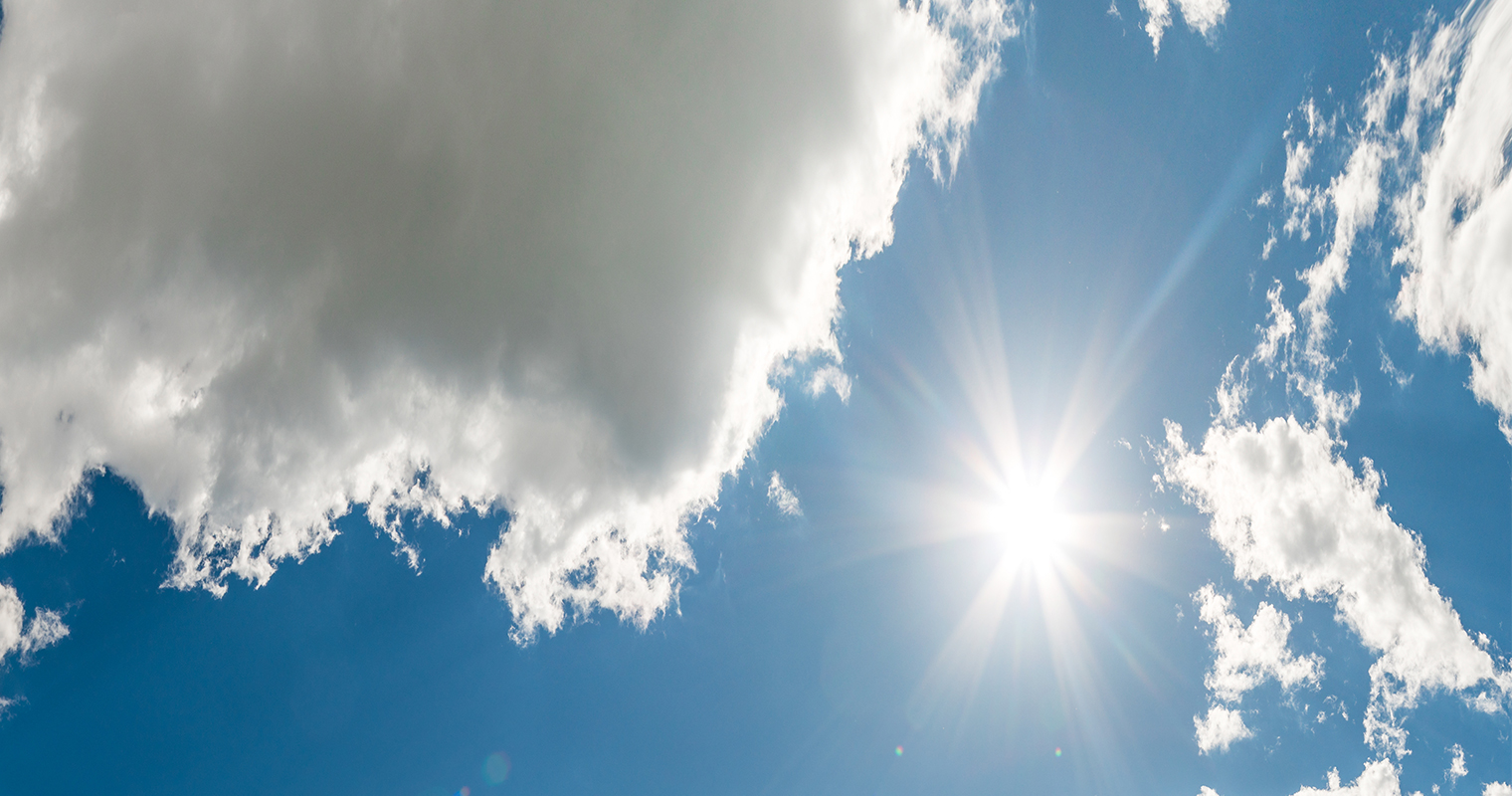
Mechanism of aging process
Proposed in 1954, a free radical theory of aging postulates that aging is a result of reactions caused by free radicals. Both intrinsic and extrinsic aging are associated with a production of excessive amounts of free radicals which contain one or more unpaired electrons. The unpaired electrons can damage cell membranes, proteins, and DNA. The aging of cells may also be linked to the mutation in the mitochondrial DNA.
The damaging effect of UV exposure may be mediated through the induction of metalloproteinases which results in collagen breakdown.
Basics of skin structure
Aging caused by free radical formation effects on each individual constituent or composition of the skin, thus it is important to know the basics of skin structure. Skin contains the following:
Collagen
Skin contains proteins such as collagen, which makes up 70-80% of the dry weight of dermis. It is responsible for the skin’s tensile strength. In intrinsic aging, there is a decreased rate of collagen synthesis, the activity of enzymes acting on post-translational modification, solubility and thickness of collagen fibre bundles. With aging, there is an increase in Type 3 to type 1 collagen.
In extrinsic aging, collagen fibres become fragmented, thickened and more soluble.
Aged skin is associated with decreased collagen content, straightening of collagen fibres forming looser bundles, increased type 3 to type 1 ratio and decreased supporting ground structure.
Collagen becomes less soluble, thinner, and spare in an intrinsically aged skin and thickened, fragmented, more soluble with extrinsic aging. Type 3 to 1 collagen increases with age. Histologically, young collagen is randomly organized consisting of loosely interwoven bundles. Aging causes a loosening within these bundles and straightening of collagen fibres, causing thinning of the skin.

Elastin
Elastin is the skin’s elastic fibre network, makes up 2-4% of the dermis by volume. Elastin provides resilience and suppleness.
Extrinsic aging causes increased elastin production called elastosis. In intrinsic aging, there is fragmentation of elastic fibre, resulting in decreased numbers and diameter.
In aging, there is an accumulation of elastotic material from the accumulation of damaged elastin and increase production of abnormal elastin in extrinsic aging.
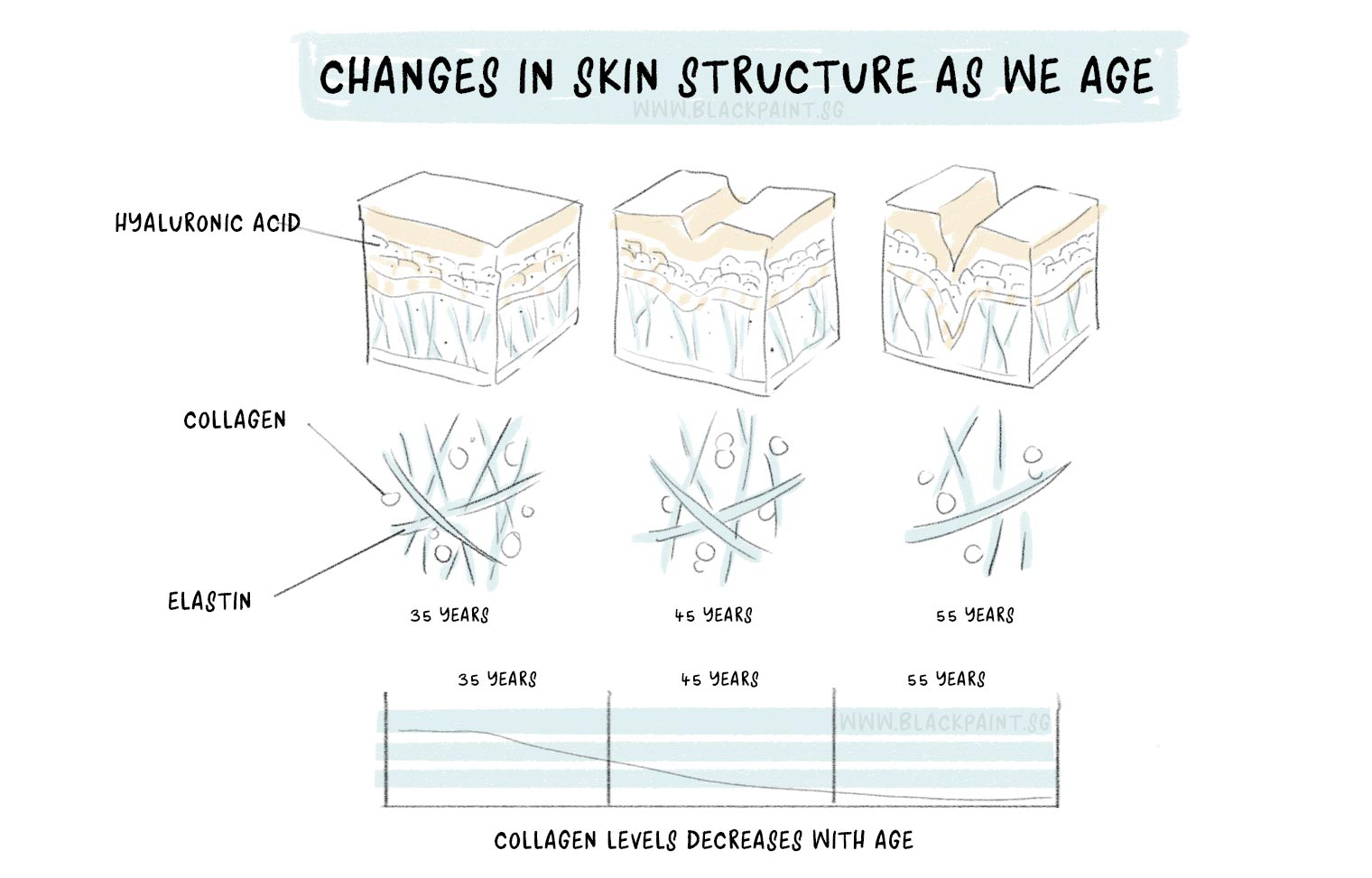
General protein structure
Intrinsic aging showed altered protein conformation, with the increased folding of aliphatic residues to water. There is also a change in amino acid composition from aged to young skin.
Glycosaminoglycans
Glycosaminoglycans or GAGs are specific repeating disaccharide units. Attached to proteins, they are called proteoglycans and widely distributed throughout the skin. Most common GAGs in humans are Hyaluronic acid and proteoglycan family of chondroitin sulfates. GAGs are important for the binding to water to keep skin hydration. In elderly, even though GAGs are increased, they are deposited on the elastoic material, rather than diffusely scattered, thus interfere with normal water binding.
Water
In young skin, water is bound to proteins, whereas in aged skin water is bound more to each other called tetrahedron. This lack of interaction between water and surrounding molecules contributes to the dry and wrinkled appearance.
Lipids
Lipids such as ceramides, cholesterol, fatty acids, and glucosylceramides form a multilamellar sheet amidst intracellular spaces of stratum corneum. This enables the skin to function as an effective water barrier.
Lipid content of human skin decreases with aging.
How to prevent skin aging
While it is impossible to reverse intrinsic aging, skin changes associated with extrinsic aging are largely preventable. Here’s what you should consider:
Sun protection
Sunlight protection with the use of various photoprotective measures including sun avoidance, wearing protective clothing, use of sunscreen.
The use of sunscreens is considered as gold standard for protecting skin from ultraviolet light. Sunscreens include chemical or physical blockers that filter various UV wavelength.
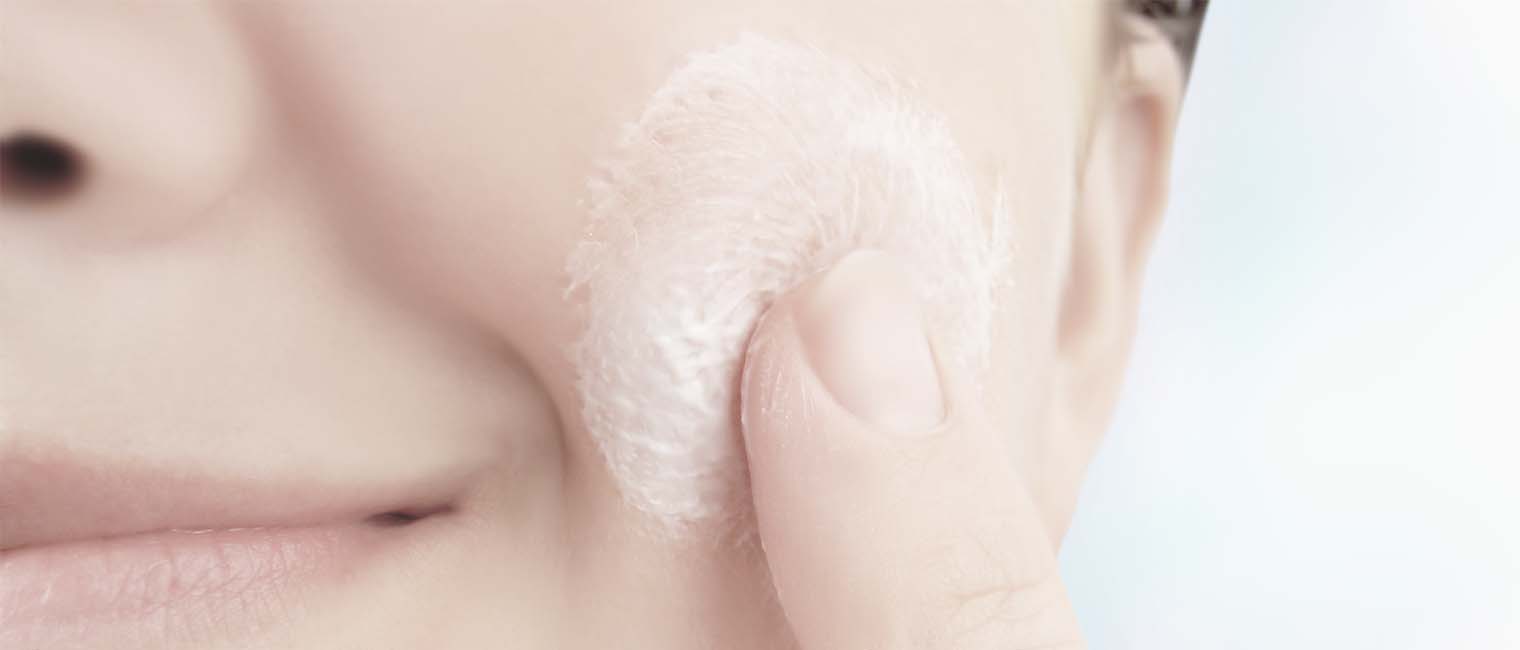
- 80% of skin damage is thought to occur by age 18 years, preventive measures should begin in early childhood.
- Newer chemical sunscreen formulations use UVB protector with lower irritability such as aminobenzoate, cinnamate, salicylates and benzophenones in combination with chemicals such as oxybenzone that extends protection to UVA wavelength.
- Physical sunscreens contain titanium dioxide or zinc oxide provide broad-spectrum coverage against UVA and UVB.
- Sun protection factor (SPF) is the international standard for rating effectiveness of sunscreen based on prevention of sunburn by UVB, there is, unfortunately, no universal standard for UVA protection.
Antioxidants
Antioxidants can be delivered percutaneously to directly supplement the skin’s antioxidant reservoir. Studies have been shown that vitamin C and E provide protection against UV-induced erythema and formation of sunburn cells and thymine dimers.
What treatment options are available?
Cosmeceuticals
Cosmeceuticals are first coined by Klingman to indicate a topical preparation that is sold as a cosmetic but whose performance matches that or a pharmaceutical. There is a thin line drawn between what constitutes as a drug versus cosmeceuticals. I have listed some which are considered as drugs in certain countries.
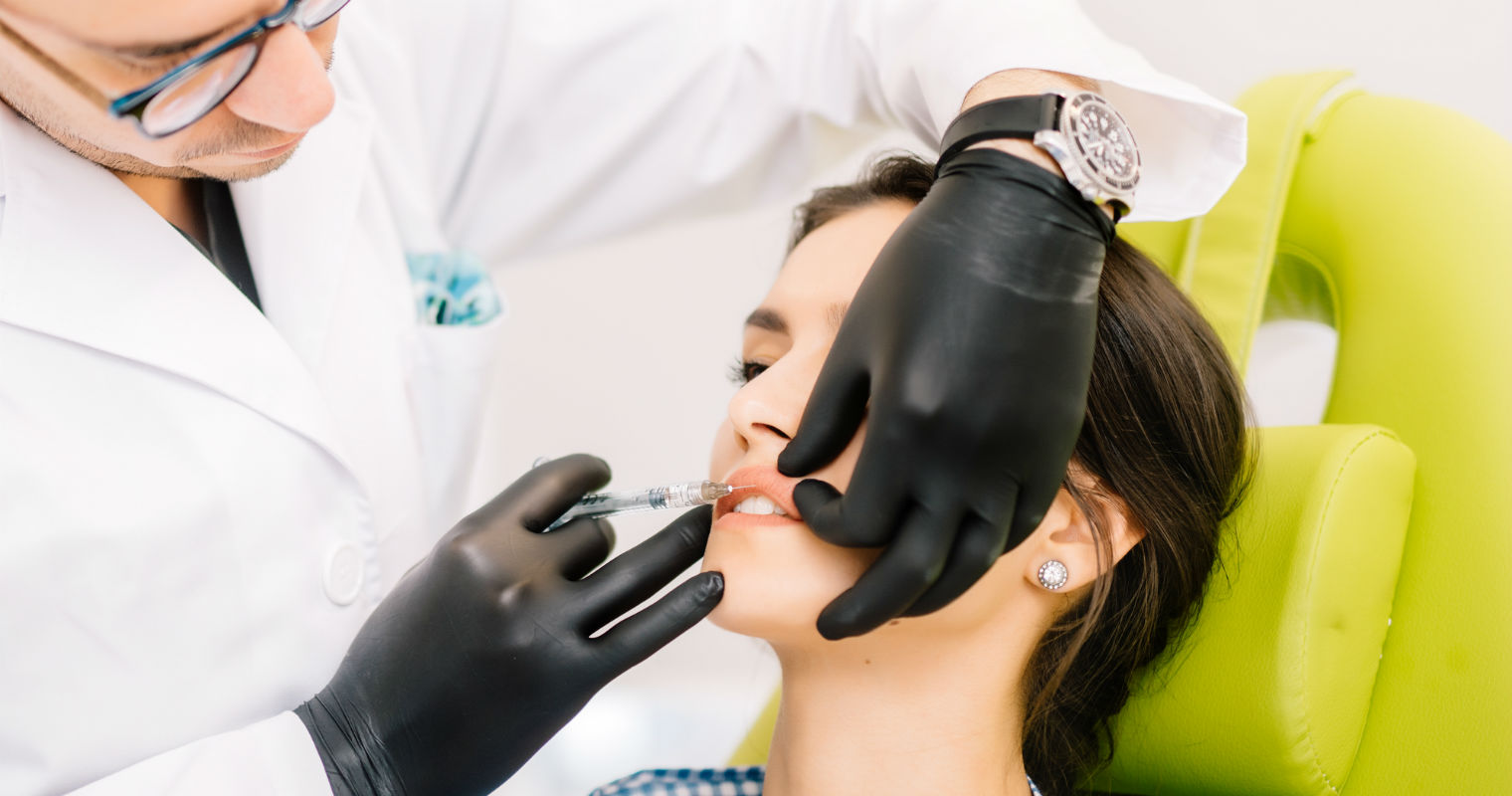
Retinoids
Topical retinoids are medically proven for treatment of photoaged skin.
- It is effective for minimizing fine lines and wrinkles and improving texture and mottled hyperpigmentation.
- It works by increasing dermal collagen production, reducing collagen degradation and stimulating epidermal turnover, leading to the thicker epidermis.
Retinol and Retinoids are one such example.

- Vitamin A belongs to a family of structurally and functionally related compounds known as the retinoids.
- In the body, retinol is converted to its biologically active form, all-trans retinoic acid (tretinoin) through its intermediate product called retinaldehyde.
- Retinol is 20 times less effective than tretinoin.
Alpha (AHAs) and beta (BHAS) hydroxyl acids
AHAs have keratolytic activity and may be used to exfoliate skin, increase cell turnover and reduce fine wrinkles and mottled hyperpigmentation, resulting in smoother appearing skin.
Kinetin, it is a naturally occurring plant growth factor that shows anti-aging effects on human adult skin fibroblast in vitro.
Transforming growth factor b1 (tgfb1) is a pro-fibrotic cytokine synthesized in a wide variety of tissues that modulate neo-collagenesis, angiogenesis and cellular migration, and proliferation and degradation of matrix proteins.
- It is known that growth factors control wound healing.
- It can promote collagen synthesis, increase tensile wound strength, thicken dermal tissue and stabilize dermo-epidermal junction.
- Thus it can help improve wrinkled skin.
Supplements
Vitamin C
Vitamin C (L-ascorbic acid) is a potent antioxidant, it is water soluble, low molecular weight of alpha-ketolactone that serves as the body’s major phase reductant.
Chemically, it is composed of isomers L-ascorbic acid and D-ascorbic acid with the former being absorbed well through the skin.
- It is an important component of collagen biosynthesis pathway.
- It also has been shown to increase mRNA of collagen type 1 and 3 and increase tissue inhibition of matrix metalloproteinase mRNA, protecting cells from oxidative damage. L-ascorbic acid can inhibit tyrosinase, decreasing pigment biosynthesis.
- It can improve the epidermal barrier function by stimulating sphingolipid production. Thus it has the potential to control or reverse the changes observed in aging skin, such as dryness, pigmentary mottling, reduce irregular accumulation of elastin and degraded collagen that results in visible wrinkles.
- Vitamin C may also serve as a biologic sun protectant against UVB-induced erythema through its antioxidant activity and ability to quench free radicals.
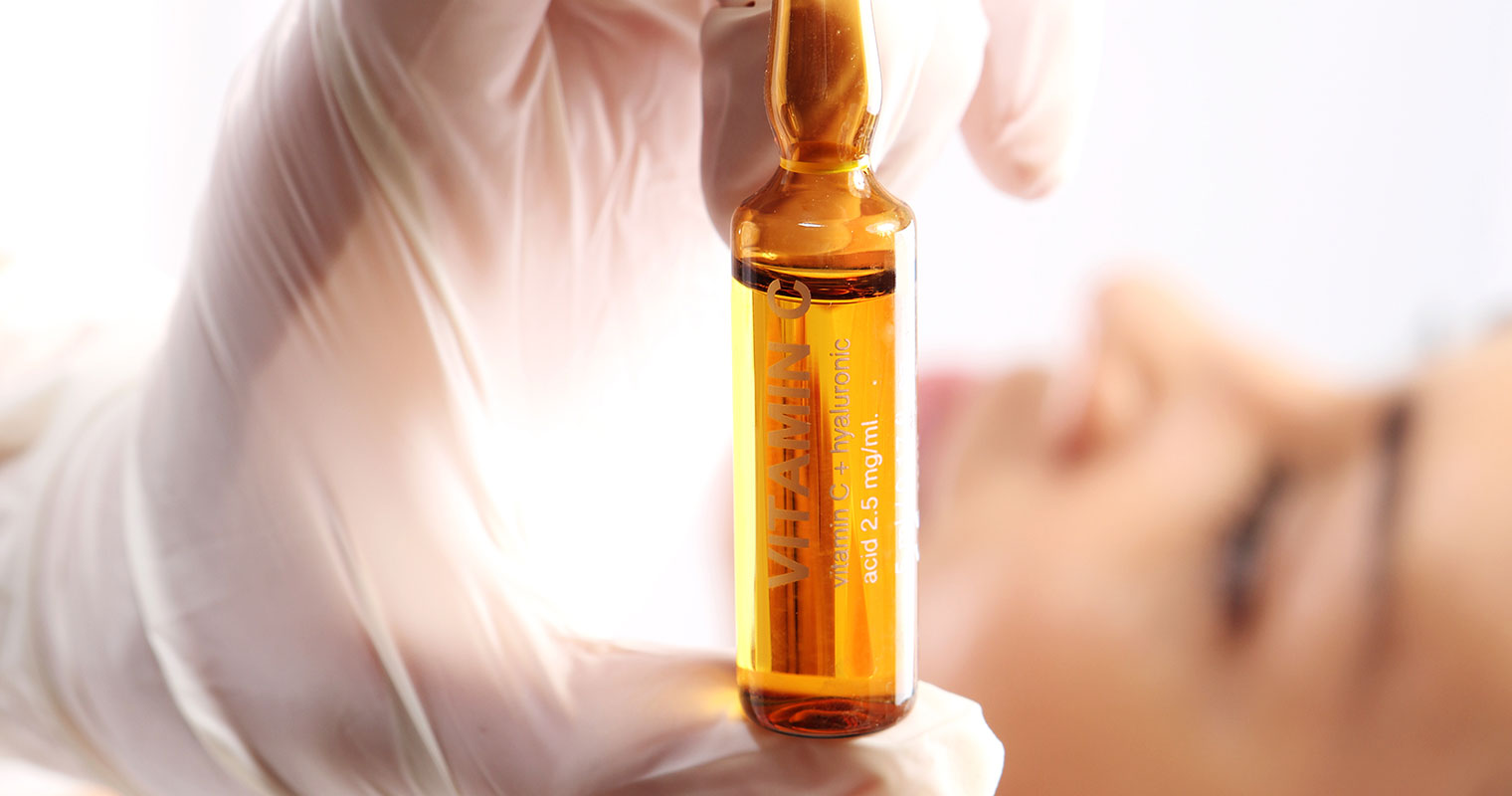
Black cohosh
Black cohosh extract (Cimicifuga racemose) is a botanical agent medicinally used a phytoestrogen, astringent, diuretic and expectorant, the plant is found native in North America.
As women age, oestrogen levels will eventually drop. Low oestrogen levels in menopausal women are associated with skin atrophy, wrinkling, loss of elasticity and moisture.
C. racemosa, because of its phytoestrogen properties, will bind to selective tissue-specific estrogen receptor and modulate its activity, behaving in a manner similar to estrogen replacement in the skin.
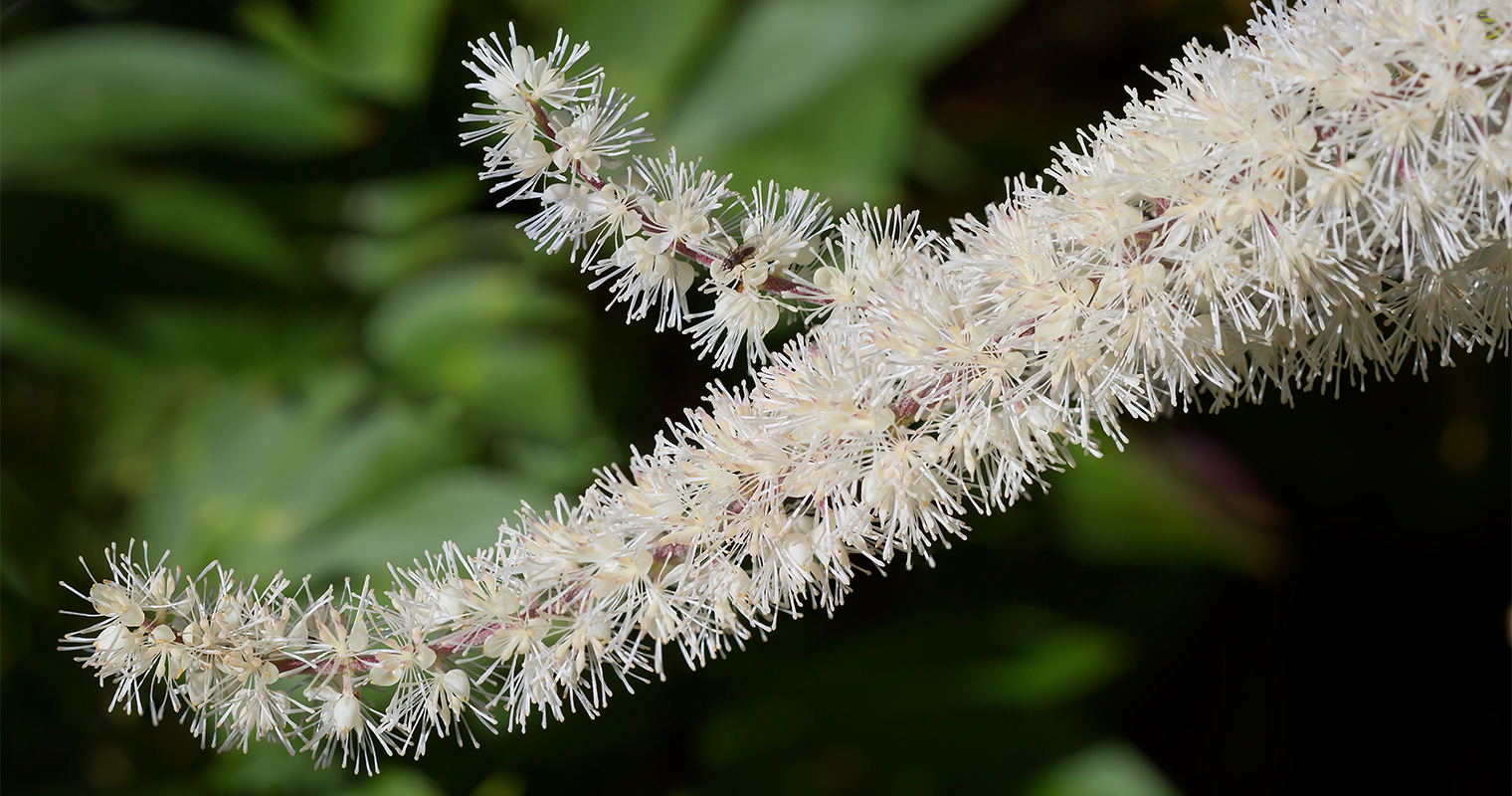
Medical procedures
A step above cosmeceuticals would be procedures that are proven to ameliorate the effects of skin aging. If this is the options you wish to look into, do speak to a qualified aesthetics doctor for more information.
Conclusion
Aging is an inevitable process that has eluded current medical advancement seeking the elixir of youth. We know that aging occurs through a process of intrinsic and extrinsic mechanisms. To slow down intrinsic aging, lifestyle with proper food, nutrition, and supplementation may help slow down the ravages of time.
With extrinsic aging which is environmentally related, healthy lifestyle choices would be the core preventive method, such as using sunblock. Otherwise, procedures starting from using cosmeceuticals extending to medical procedures may help to ameliorate the aging process to achieve the desired “youthful” look.







